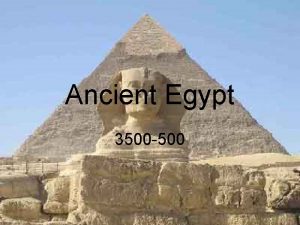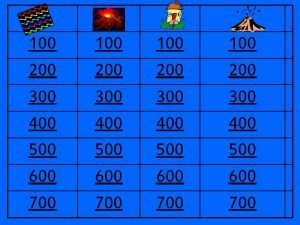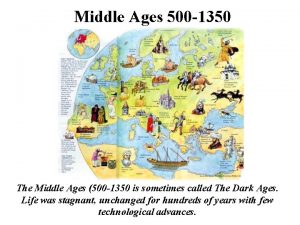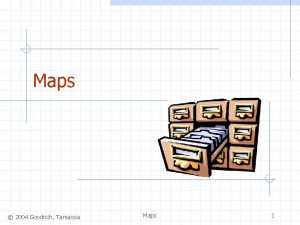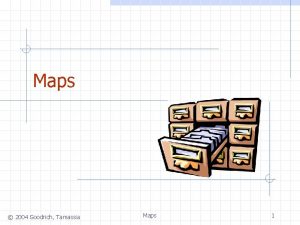Middle East Maps Middle East 200 500 CE





- Slides: 5

Middle East Maps

Middle East 200 -500 CE • The Middle East has remained divided between two superpowers. The Roman empire (now ruled from Constantinople and known to modern scholars as the eastern Roman Empire) rules the western parts of the region, Asia Minor, Syria and Egypt, while in the eastern parts of the region Iran and Mesopotama - the Parthian empire has been replaced by a new Persian empire. The Persian rulers of the Sasanian dynasty have proved more aggressive and formidable opponents of the Romans than their Parthian predecessors had.

Middle East 500 -750 CE • • The past two and a half centuries have seen the map of the Middle East change radically. In the 7 th century Arab tribes, united under the banner of a new religion, Islam, swept outwards in a surge of conquests: Iraq and Iran, Syria and Palestine, Egypt and North Africa, Spain - all have fallen to them. Arab armies have penetrated as far as central Asia, western India and, briefly, into France. The Persian empire vanished under the onslaught, and the. Byzantine empire lost its most valuable provinces. In their place, the Arabs established a vast empire, called the "Caliphate" ("caliph" means "successor", in this case to the Prophet Muhammed). Up until now it has been ruled from Damascus, in Syria; with a change of dynasty, its capital will very soon become Baghdad, in Iraq.

Middle East 750 -979 CE • • Very soon after 750 Baghdad replaced Damascus as the capital of the Caliphate shifting the centre of gravity of the Muslim world eastward. Shortly after this the empire began to break up, with. Spain, North Africa, Egypt, Syria, western India and much of Iranfalling away from Baghdad’s control. By this date, indeed, the Caliphs have ceased to exercise much political power, even in. Iraq. They have increasingly taken on a more symbolic role as the focus of Muslim loyalties. The Muslim world is home to a flourishing cultural life. Technological and scientific developments have come in from China (paper) and India (decimal system), which Arab scholars add to Greek thought (medicine and philosophy, amongst much else) plus their own contributions (for example, optics and algebra) to create a massive body of knowledge which will in due course be passed onto Europeans. There it will form the basis for further advance.

Middle East 979 -1215 CE • • The Seljuq empire soon broke up, however, giving way to regional states ruled by sultans of Turkish origin. The sultanate of Rum was the most enduring of these. Turkish sultans also came to power in Egypt, which had never been conquered by the Seljuqs. These were the Ayyubids, and they have succeeded in conquering up into Syria and far into the Arabian peninsula. The Seljuq conquests, and the stricter conditions they placed on Christian pilgrims to Jerusalem, led to a succession of campaigns from Europe, which attempted to set up a number of Christian states in Syria. These "Crusades" met vigorous resistance, and have all but failed. The Europeans now control only a narrow strip of coast. They will soon lose even this. In recent years, another Muslim Turkish group, the Khwarizm Shah, have taken control of Iran, and the Middle East will see new waves of invaders from central Asia during the next two centuries.



